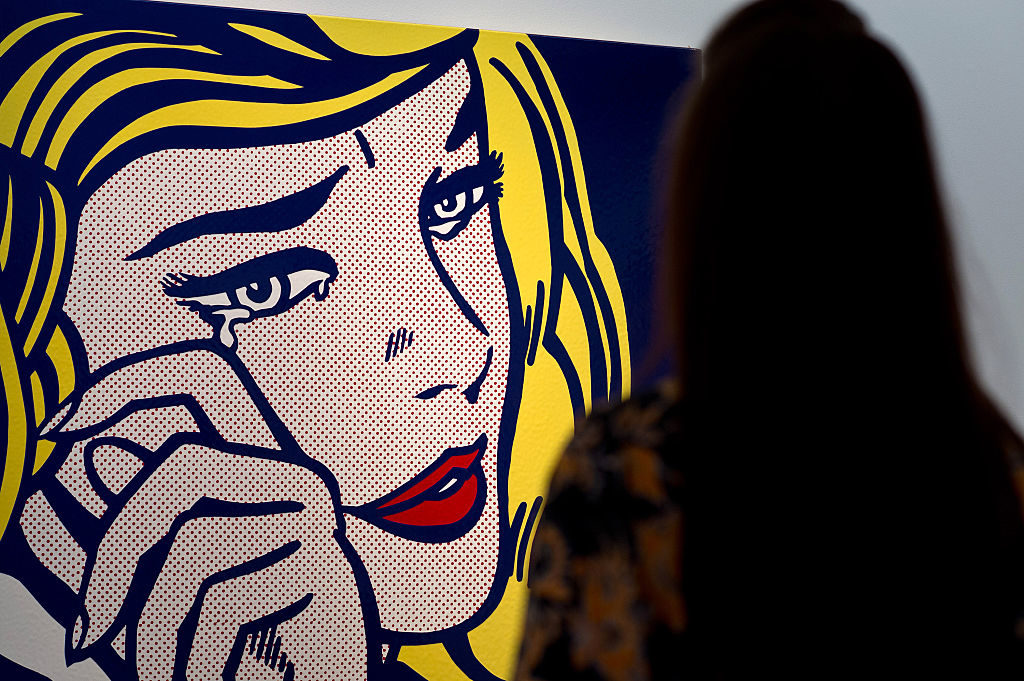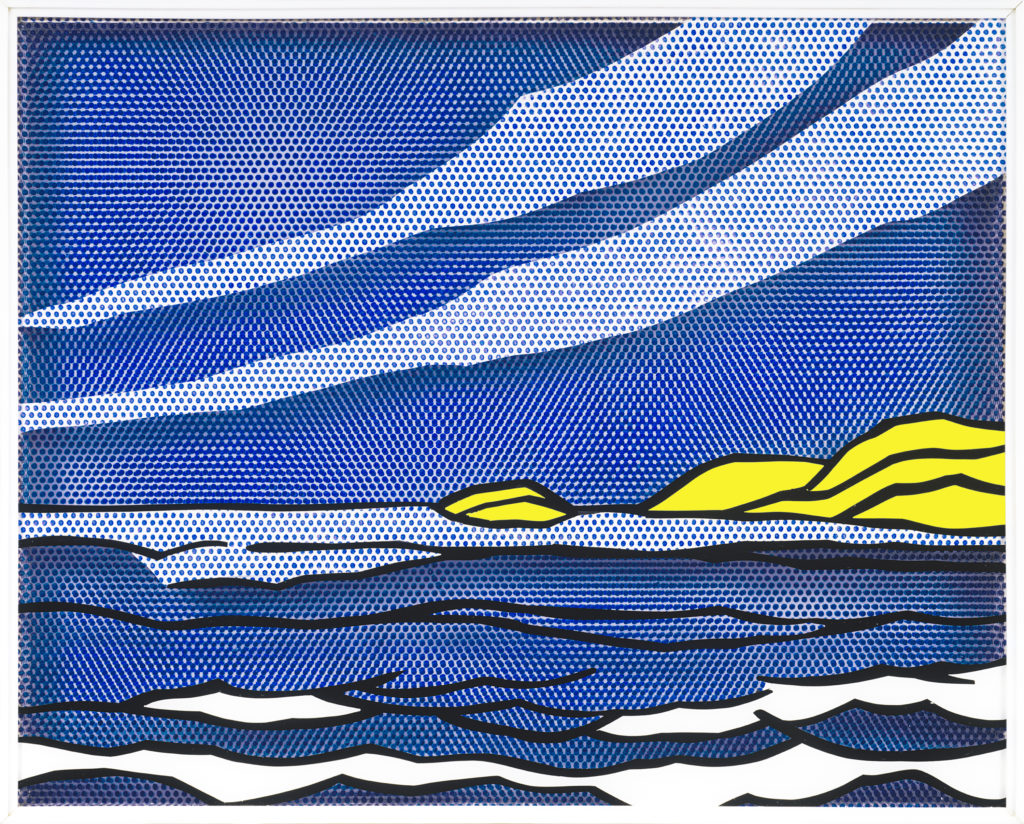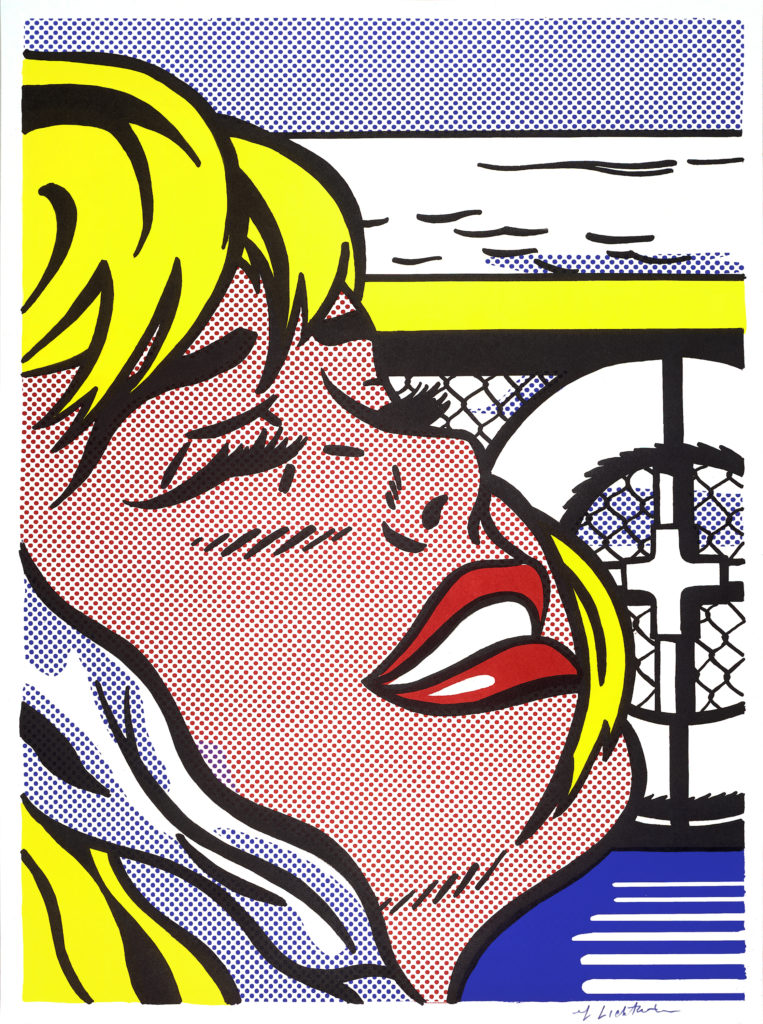Art World
The Lichtenstein Foundation Is Closing—and It Just Donated 400 Works to the Whitney
The Whitney Museum and the Smithsonian Archive of American Art were the first beneficiaries.

The Whitney Museum and the Smithsonian Archive of American Art were the first beneficiaries.

Henri Neuendorf

On Wednesday, the Roy Lichtenstein Foundation announced that it will close its doors and give the remainder of its holding to museums. In its first round of donations, the foundation is gifting around 400 works—about half of its holdings—to New York’s Whitney Museum of American Art and 500,000 documents to the Smithsonian’s Archives of American Art.
Whitney director Adam Weinberg told the New York Times that the gift is one of the largest single artist donations in the museum’s history and said would become “one of the historical markers of our institution.”
The museum was given the freedom to pick the works they wanted. Among the key pieces chosen was Lichtenstein’s sculpture Head of Girl (1964), from his most desirable period. Also included were early works like Pilot (1948) and Untitled (1959–60) that demonstrate the artist’s development and experimentation with different and less recognizable styles.

Roy Lichtenstein Sea Shore (1964). Photo: courtesy of the Whitney Museum.
As part of the agreement, a selection of the donated works will go to the Whitney’s Roy Lichtenstein Study Collection, which will be the largest of its kind. Whitney curators chose five paintings, 17 sculptures, and 145 prints that will form the basis of the study center and complement the museum’s existing collection of 26 Lichtenstein works. And in the fall, the artist’s former studio, located only four blocks from the museum, will begin hosting lectures and classes.
Meanwhile, the archives donated to the Smithsonian will be digitized and made publicly available online in a joint effort between the Smithsonian and the foundation that’s expected to take between five to seven years.

Roy Lichtenstein Shipboard Girl (1965). Photo: courtesy of the Whitney Museum.
It is relatively rare for organizations representing an artist of Lichtenstein’s caliber to cease functioning. But the Lichtenstein Foundation insists that the process of shuttering and giving its remaining inventory to museums is part of its mission to widely disseminate the artist’s work and make it available to the public.
“I like the idea of handing it off, and seeing what the future brings,” foundation president Dorothy Liechtenstein told the Times “I don’t want to leave things up in the air.”
It’s unclear how long the foundation will continue to function given how much art is left to donate. (The board will now sift through an enormous number of requests from museums around the world.) What’s more assured is that the process will be watched closely by foundations representing other major artists.